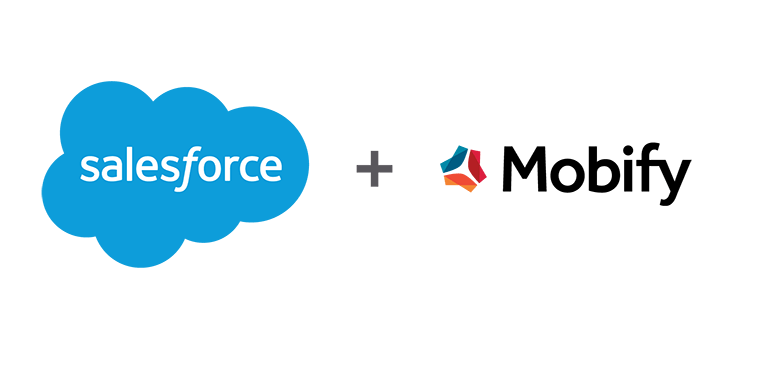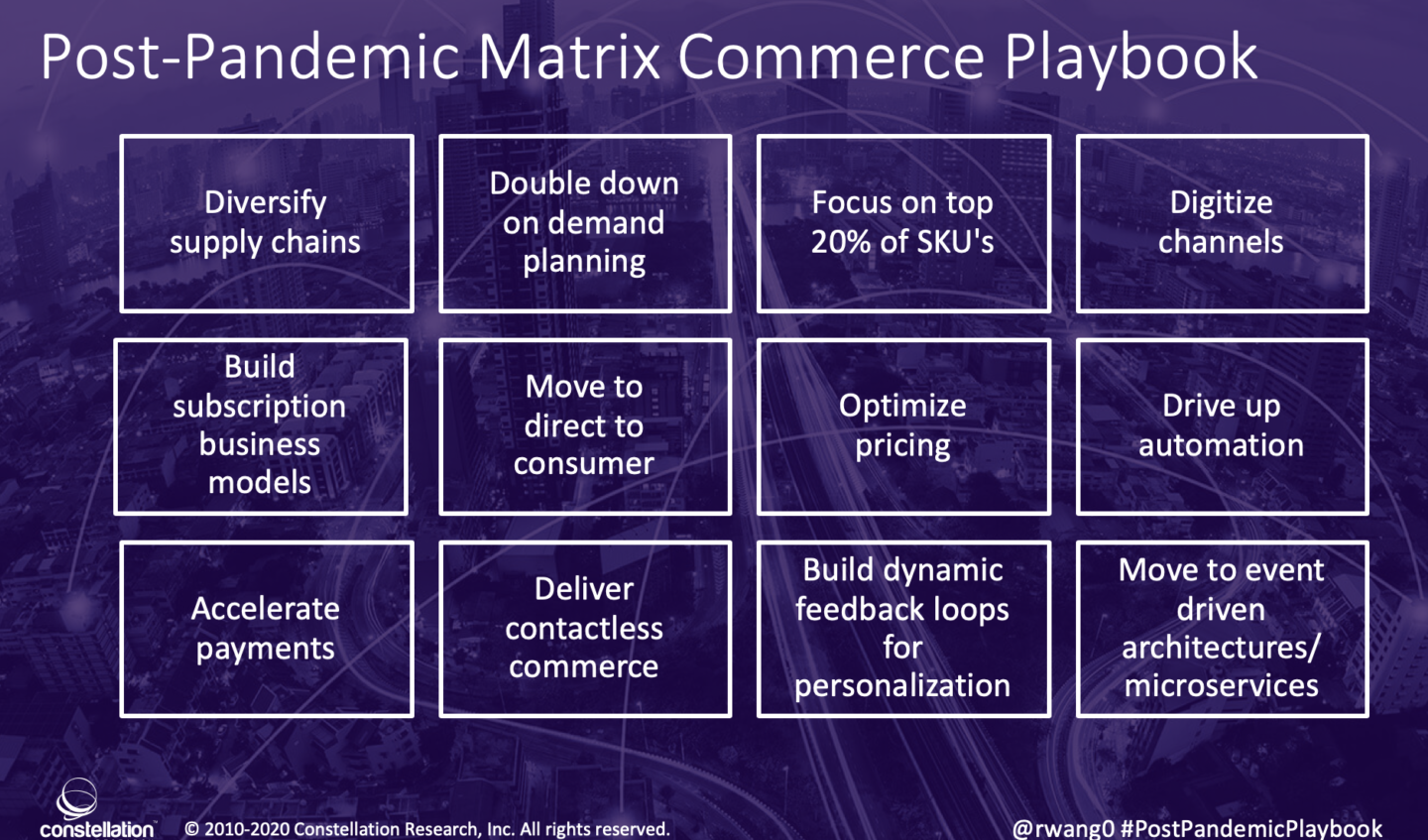Modern Progressive Web Apps Much Needed

Vancouver, British Columbia, based Mobify was approached by Salesforce.com for an estimated $60M acquisition on September 4th, 2020. Mobify, founded in 2007 by two Simon Fraser University students, Igor Faletski and John Boxall, began as an SMS text messaging app that sent bus times to mobile users. Their expertise in developing mobile apps and mastering the mobile web led them to creating progressive web apps for store fronts. The team raised $15 million in funding from BDC Ventures, Acton Capital, and other investors
 R "Ray" Wang
R "Ray" Wang R "Ray" Wang
R "Ray" Wang

